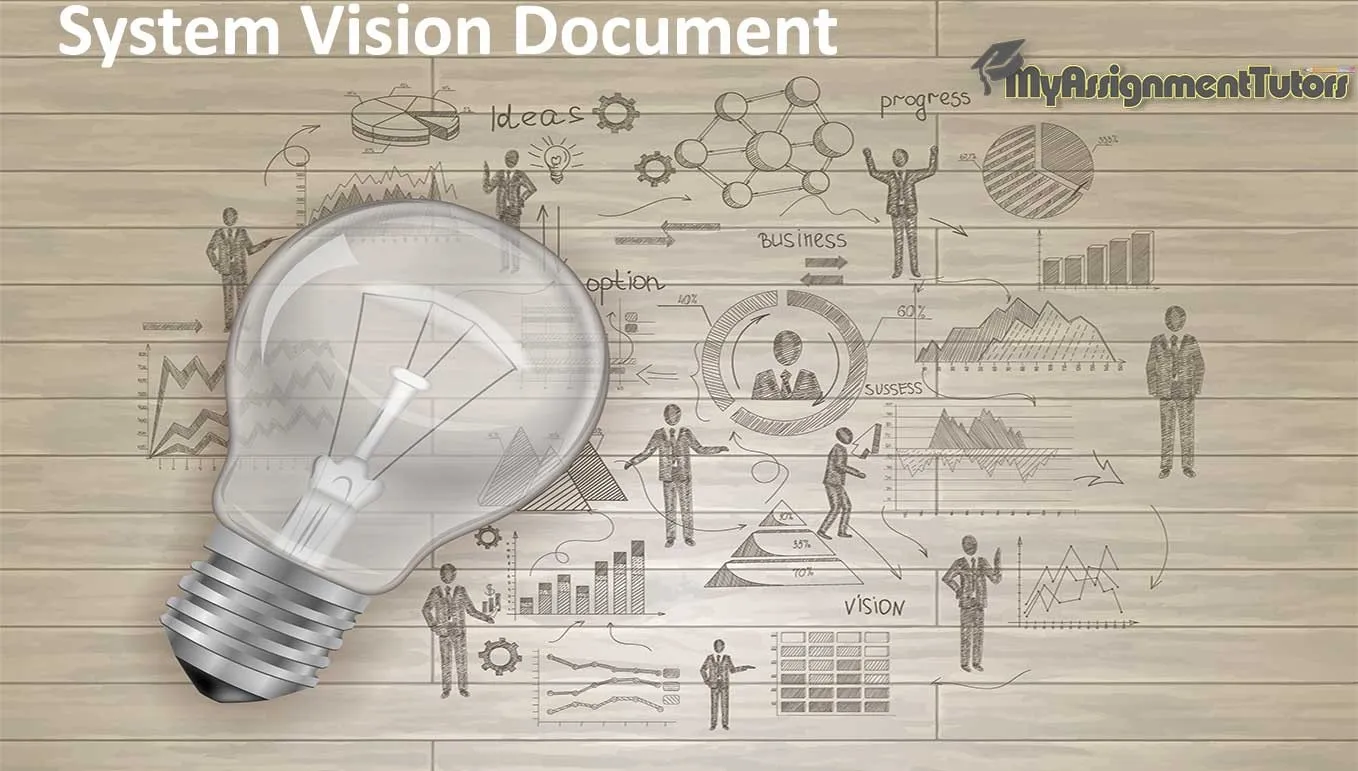System Vision Document
The system vision document is one type of text document which provides a clear scenario about the high-level scope of the project along with the purpose of the entire project. In this system vision document, there are mainly two parts. Primarily there is a clear statement related to the problems of the project. Secondly, there should be a clear discussion about the mitigation process of the problem. According to the business management studies, there are three parts of the system vision document which are the description of the problem, benefits of the business through the project along system capabilities. Mainly product executives provide a clear conception about the purpose and scope of the project through the description of the product. In this way, business organizations get the scope to reduce the risk and developing more profits.

What are the contents of system vision documents?
It compels the idea of business, the future state of the project, product or service designs for attracting more customers. In the vision document, mainly product descriptions are emphasized to portrait the basic requirements of the stakeholders and the organization here achieves the scope to develop their products further through research and development to fulfill the requirements of the stakeholders.
How to write a system vision document?
During making the drafts of the system vision document it is highly crucial to define the scope and purpose of the business along with their products or services. Entrepreneurs of a business develop their system vision document by listing all the required phenomenon of the products along with the materialization process to turn the plans into reality. Project managers of the business organizations are responsible for writing such a system vision document for finding out the result of ongoing projects and finally making the difference between the pre-settled one and the expected results. From these gaps, marketing executives can find out the mitigation pathways. During system vision document writing, it is very crucial thing to remember that, it is not only a document but also a concept which customers want to be supplied from the end of the business organization.
System vision document examples:
During writing the system vision documents it is highly crucial to provide a detailed outline of the introduction of the project. Document purpose along with its scopes are highly crucial. The third phase of the system vision document is the product features, along with the ability of the organizational members to utilize the web browsers. At the same time for global business organizations, it is very crucial to include the hardware tracking requests. In this way system, vision documents should include the problems of the organization, its importance in the organizational developmental hazards, along with the possible mitigation processes.
What are product perspectives?
For writing a successful system vision documents it is highly important to emphasize the product perspectives. It is the main part where marketing executives emphasize the features of the products along with their phenomena to fulfill the requirements and needs of stakeholders. Adjacent system assumption is another aspect that is present in the system vision documents. Products requirement statements are the basic backbones of writing the product perspectives.
Just after completion of the MBA, if you are recruited in the global business organizations and facing issues with writing the system vision documents then My Assignment Tutors will be the best destination for you to learn that. These online assignment help services are now holding top ranks among global academic and business assignment writings.
System vision documents are highly important for the completion of organizational product development, market research, trend analysis along with human workforce development. Nowadays different kinds of software are also available for writing this system vision documents. It acts as the backbone of business management.



